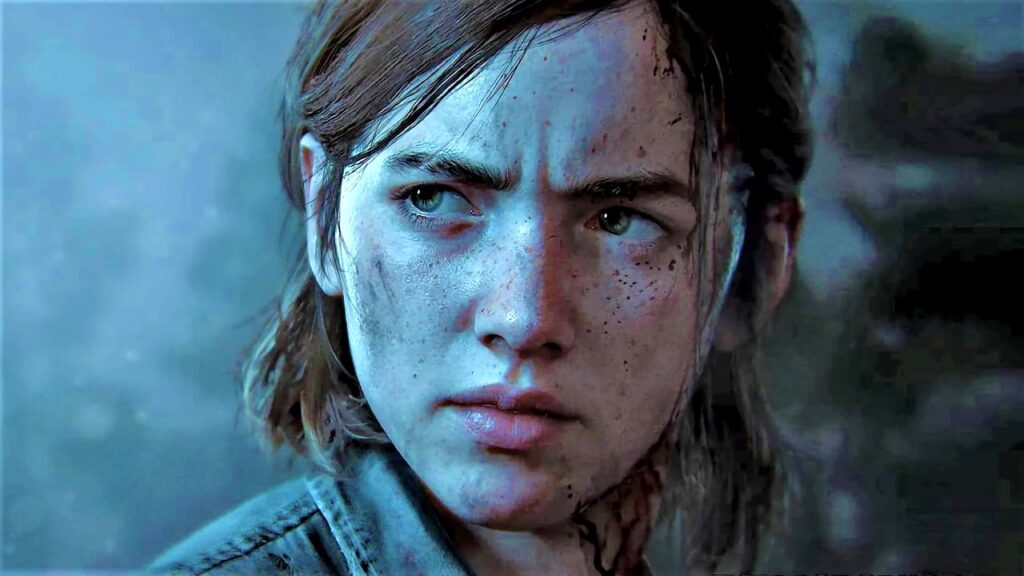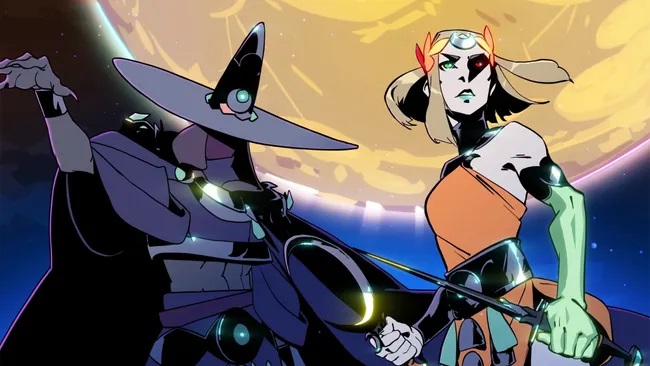- Game studios often prioritize graphics rather than focusing on storytelling that keeps players hooked.
- While stunning visuals can attract players, it’s compelling stories and memorable characters that ensure long-lasting success.
- Prioritizing storytelling over graphics can reduce costs and development time, resulting in more enjoyable games.
In this era, technological advancements are pushing the boundaries of gaming, and new graphics technologies like Nvidia’s RTX 5090, announced at CES 2025, are making the gaming experience better in terms of visual quality.
However, there is a growing concern among players and critics that game studios prioritize realism over compelling storytelling. While amazing graphics can enhance the visuals, emotional connection and excitement are often lacking. That’s why Studios should focus more on storytelling than chasing graphics.
The Obsession With Graphics

For years, gaming studios have focused on making games as realistic as possible, believing that better graphics ultimately make a game better. However, if that were true, even the popular, big-budget game The Last of Us Part II wouldn’t have faced criticism. Yet, it did, with gamers reviewing the game for its lack of story pacing.
Recently, Sony revealed a unique setup designed as an immersive experience for The Last of Us. They showcased a high-tech room with LED screens, vibrations, and even smells of zombies. While it sounds fancy, how many people want this? Many players can’t afford such a setup, and I personally don’t want it.
Game studios’ budgets have significantly risen due to the graphics obsession. For example, the New York Times highlighted a case in their article about Marvel’s Spider-Man 2. The game cost over $300 million to make. Despite selling millions of copies, the company couldn’t cover the expense, leading to the employee’s layoff.
Similarly, games like Undawn faced criticism, and the studios failed to earn money. These examples show that focusing solely on graphics can lead to major losses rather than creating fun, meaningful gameplay.
Storytelling: The Emotional Core Of Gaming

I believe video games allow players to immerse themselves in compelling stories. Engaging storytelling makes players care about characters and what happens to them, pulling them into the world of gaming.
For example, a fan favorite, Undertale, based on simple 2D-pixel art, is well-praised due to its storytelling and emotional impact. Titles like The Witcher 3: Wild Hunt, The Legend of Zelda: Ocarina of Time, Final Fantasy VII, Hades and Chrono Trigger are other prime examples of successful games due to their engaging stories.
When games offer different choices and endings, players often return to see what happens next. On the other hand, ultra-realistic graphics may attract gamers, but the excitement fades once players get used to them. That’s why a good story is a must to keep players engaged that graphics alone can’t provide.
I’m not saying players don’t care about graphics anymore, but it’s storytelling that keeps players hooked. Graphics often become outdated as technology improves, while storytelling can make games last forever. Many of us don’t remember the graphics, but the tough choices, funny dialogue, and memorable characters.
The Pitfalls Of Chasing Visual Perfection

Better games don’t come at the cost of graphics but rather storytelling. Nowadays, gamers focus more on how the game performs, how smoothly it runs and how high the framerate is than how realistic the graphics are.
Sometimes, chasing graphics only increases development time and costs. Longer development periods lead to delays, causing frustration, and the pressure on studios results in poor management or unfinished games being released.
Immortals of Aveum had a production cost of around $125 million, but poor sales led to the company laying off 50% of its workforce just a month after launch. That’s why Game studios must recognize that storytelling is not just an artistic choice; it is a sound business strategy.
By focusing on gameplay performance and storytelling, studios can create more fun games without the high costs and other potential risks. In a world increasingly obsessed with superficial polish, it’s time for the gaming industry to remember what makes games truly special: their ability to tell stories that captivate, inspire, and endure.
Latest Updates
- One In Three AAA Devs Are Still Working On Live-Service Games Despite Genre Decline
- Sony Establishes New Internal Studio In LA To Develop “High-Profile” Exclusive AAA IP
- AAA Games Will Lose Attention If There’s No Innovation, Says Bioshock Creator
- Many Game Developers Think The Term “AAA” Is Stupid And Industry Is Broken, Report Reveals
Thank you! Please share your positive feedback. 🔋
How could we improve this post? Please Help us. 😔
Moiz Banoori, with a decade of experience in gaming and tech journalism and a degree in journalism, is a notable figure in the industry. He has contributed to various esteemed platforms, showcasing his expertise in both reporting and opinion writing.


 Threads
Threads

